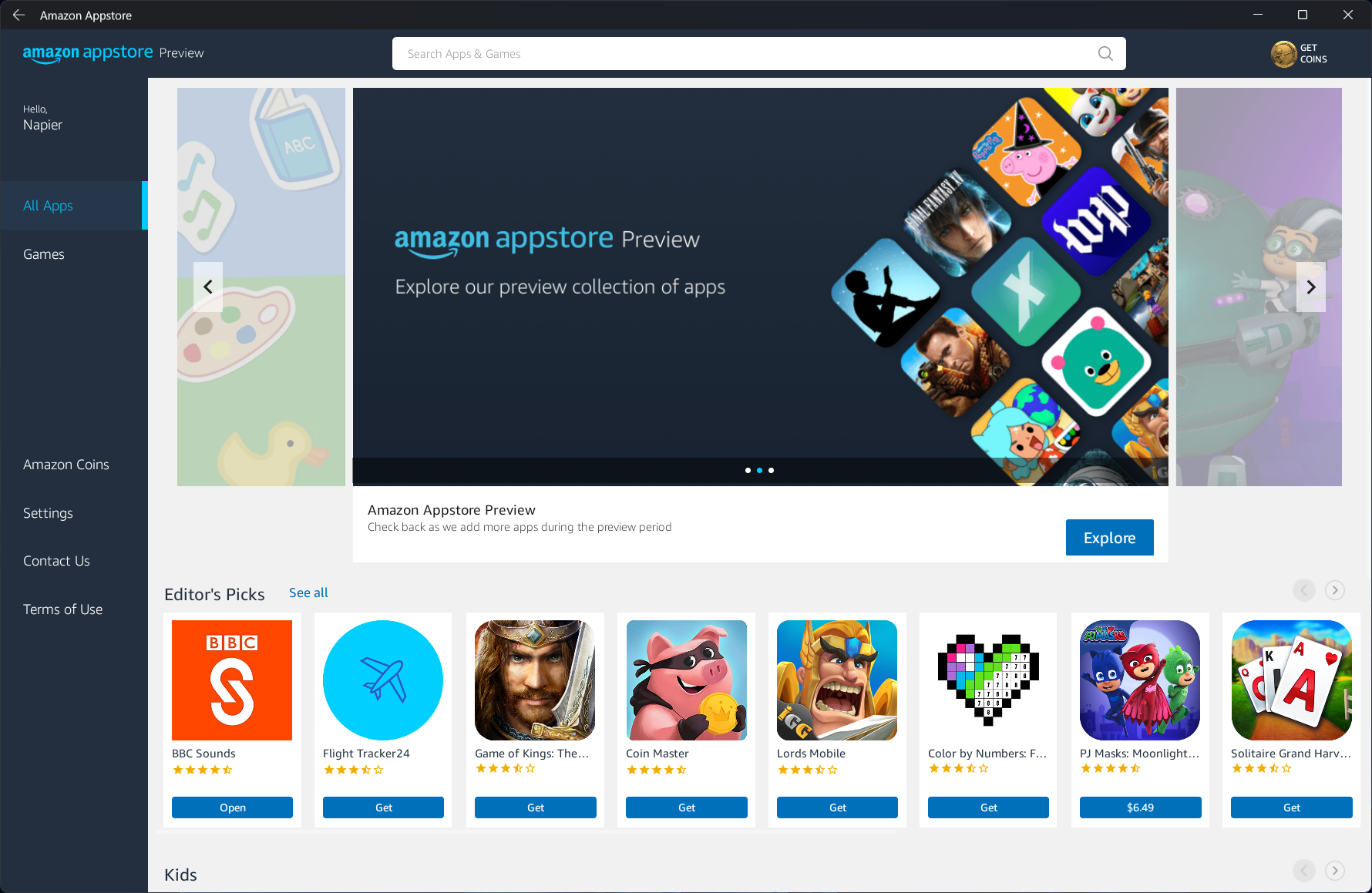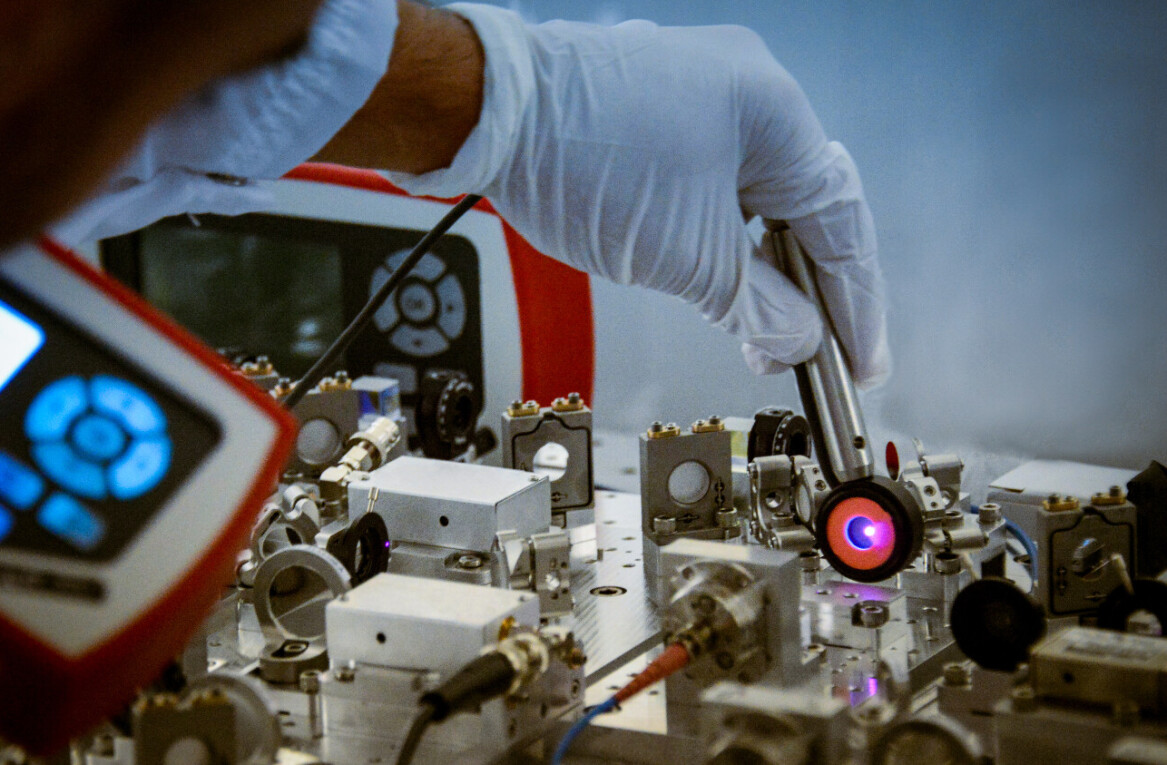
Let me start by clarifying the headline: I know Windows tablets exist. I’m one of the rare nerds who’s been using 2-in-1 PCs as my primary device for over a decade. I’ve been on the tablet train before the Microsoft Surface even existed, back when 2-in-1’s were just called tablet PCs.
And yet, after all this time, tablet PCs have been never been great at being, you know, tablets. Usually, it’s not been for the lack of decent hardware — manufacturers have been able to put out devices with good designs and nearly iPad-matching performance. Instead, it’s the dearth of software that makes it hard to use a Windows tablet to its fullest potential.
And then Microsoft announced it would be bringing Android apps to Windows, suddenly opening up a myriad of possibilities for touch-friendly Windows devices. Amazon’s App Store, used for its Fire tablets, would be available within the Microsoft Store, while Intel would be assisting with the backend technology.
Earlier this week, Microsoft revealed this technology would be rolling out in a public preview starting next month, although it’s been under testing via the Windows Insider Program for months now.
This reveal was further bolstered by Google’s announcement that it would bring Android games to Windows (via a ‘Google Play Games’ app), although it is apparently doing so without Microsoft’s help. And app stores aside, the Windows Subsystem for Android — the bit of software that runs all these Android apps — has opened up the door for users to sideload a myriad of apps that might not officially be available on Windows yet.
It’s been a long time since I’ve felt like there’s hope for Windows tablets having software that’s properly built for them.
Windows tablets have too few good apps
Don’t get me wrong, I’ve been using Windows tablets all this time for a reason. There are certain conveniences afforded by the form factor — most the ability to handwrite notes and sketch out ideas and diagrams. I have no particular affinity for real pen and paper, but I do like being able to brainstorm and solve problems in the manner best afforded by handwriting. I like being able to grab my device, hold it in my arm and browse the web at a distance that is comfortable for my eyes and back alike.
But I also like having access to full-fledged, can-do-anything PC apps. That’s why I use Windows convertibles rather than an iPad. For most people, owning an iPad means that you also need another device for your ‘real’ work. You can get a whole lot done, but there comes a time when you eventually need to run more traditional PC apps.

That’s not the case with the majority of Windows tablets. They may be weaker than similarly priced traditional laptops, but at the end of the day, they can do everything a regular laptop can.
Unfortunately, that same versatility is likely the reason Windows has been stuck with too few apps that work great with a touchscreen and/or stylus; there’s hasn’t been enough incentive for developers to create good tablet apps when good-old mouse-and-keyboard apps work just fine.
There are some tablet-friendly apps by smaller developers — music composition app StaffPad and Drawboard PDF are two of my regulars — but for the most part, the Microsoft Store has felt barren for years. And even when there are Windows apps available, these often aren’t as good or as regularly updated as the ones on other platforms.
But Android tablet apps aren’t great either, right?
You’re right. Whereas Android and iOS phone apps are roughly comparable most of the time, Android tablet apps tend to lag far behind their iPad counterparts. So then… why get excited about Android apps coming to Windows?
To put it plainly: your typical Android tablet app is still better than your average Windows tablet app. More importantly, there are just way more of them. For reference, the Microsoft Store has roughly 800,000 apps as of 2021. The Google Play Store has roughly 3 million.
And if I were a betting man, I’d guess the average quality of the latter apps is higher. Even if most Android apps designed for phones don’t have an optimal UI for tablet-sized displays, at least they tend to work just fine.
Granted, Microsoft is using the Amazon App Store, and so far there has only been a tiny selection of apps officially available for Windows Insiders during the testing period. But it took no time for enterprising developers to figure out how to sideload Android software onto Windows 11 — including the Google Play Store and Google Play Services. Technically, you don’t even need to be running an Insider build to run Android apps.

And already I’ve reaped the benefits. Just a couple of weeks ago, I was trying to find some very specific content that was only available for Android and iOS apps. No Windows app, not even a browser version. I simply side-loaded the app, and it worked without a hitch.
Since then I’ve loaded a variety of apps, and with a few exceptions, they’ve run without a hiccup. The Android Kindle app running on Windows is a million times better than its native Windows equivalent. In these past few months, I’ve used more new touch-friendly apps on Windows than I have in years.
I also suspect that the increased prevalence of tablet-friendly Android apps will end up benefiting Android tablets as well. While Android tablets may be relatively unpopular, Windows 2-in-1s are a growing category (not to mention their Chromebook equivalents, which also run Android apps). Bringing Android software to more tablet-sized devices will hopefully entice developers to create more apps optimized for tablets.
Microsoft needs to keep up the momentum
Bringing Android apps to Windows is one of the best things to happen to tablet PCs in years, but it’s up to Microsoft to make it worth the while — both for users and developers. So far, my experience with Android apps on Windows has been surprisingly positive, but only after using workarounds to get the most out of the system.
Though Microsoft is understandably testing just a small number of apps before the public release, my worry is that the Amazon App Store will become a barren wasteland after the initial hype. In my ideal world, the full Google Play Store would eventually be readily available on Windows 11, but there’s no indication from Google that’ll happen.
Still, things are looking up for tablet users on Windows. Here’s hoping this is our year.
Get the TNW newsletter
Get the most important tech news in your inbox each week.





